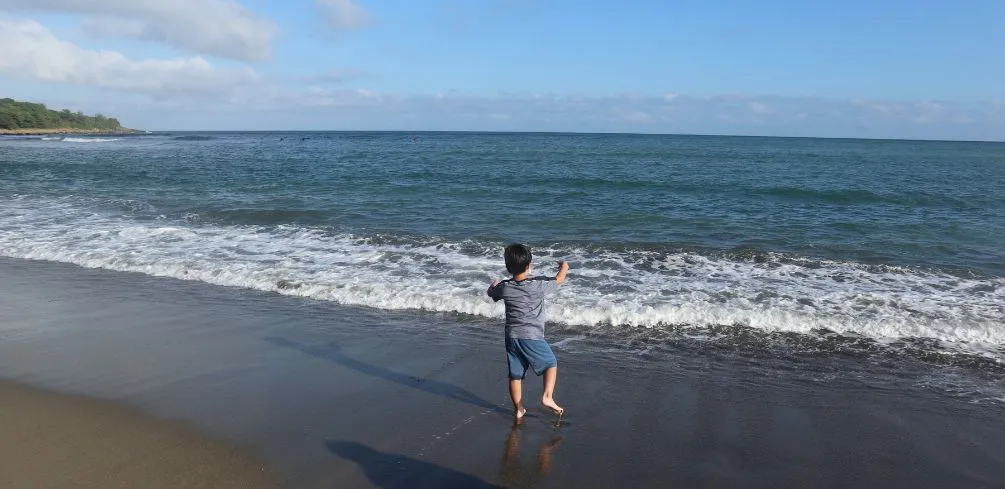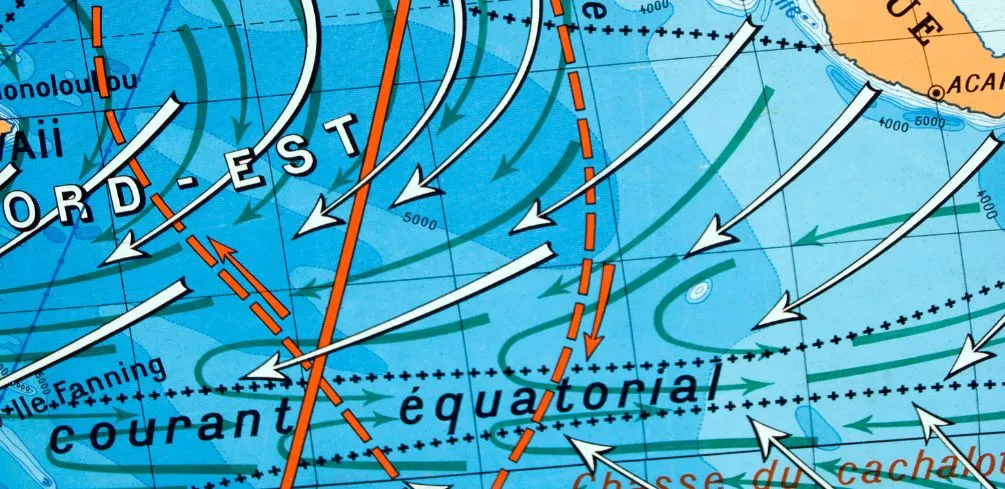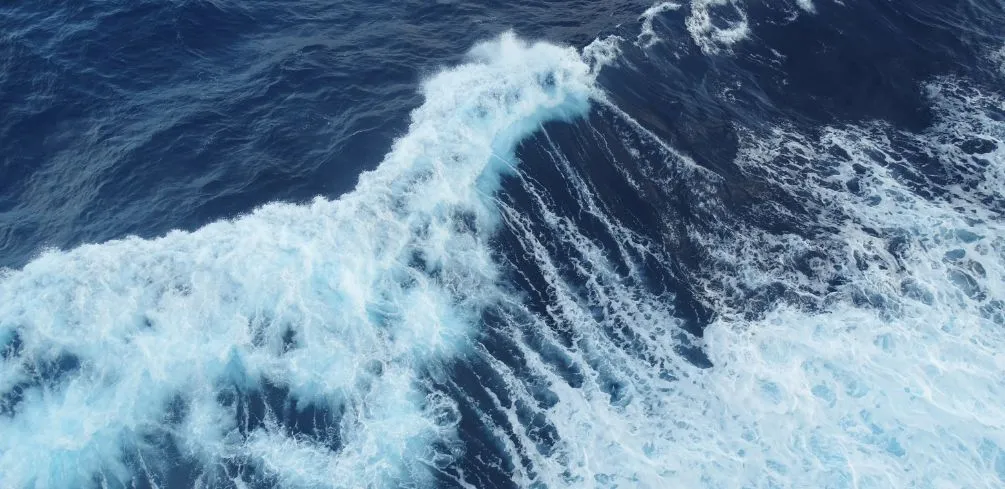Do waves and storms affect submarines?
Generally, water vessels such as commercial ships tend to avoid sailing via storms, terming it as an unnecessary risk. Fortunately, submarines are not commercial ships. Unlike commercial ships, submarines are built to tackle storms head-on. Submarines are rarely affected by rough seas, subject to a few conditions.
During a heavy storm, waves endanger the lives on board a ship and can wash away anything above the deck but not the submarine.
Read further to understand how rough seas do not affect submarines.
Can A Submarine Avoid A Storm?
Rough seas (storms) energize plenty of water, turning into massive waves. The waves then crash back into the sea and then rise again.
Undoubtedly, the water underneath the surface is also likely to be moving. As such, submarines will cross the rough seas in the best way possible—by staying submerged completely.
This makes it easy for a submarine to avoid a storm, though some minor effects may be felt.
Can A Submarine Feel The Waves of the Rough Seas Underwater?
The deeper the submarine goes, the lesser it will feel the waves above it. Ideally, waves are just water molecules rolling over each other.
The effects of waves on water vessels underneath the surface is a fascinating world of physics.
One half of the wave is typically above the surface level, and the other half is underneath the surface level. The deeper a water vessel goes into the sea, the faster the decline of the wave’s base.
In addition, the depth of the wave’s influence and effect on the submarine depends on several factors. For starters, the rougher the sea (bigger and stronger waves), the deeper the submarine would have to submerge to avoid the extreme effects of the rough sea.
Moreover, the longer the wave, the higher the effect felt at the bottom of the sea due to the ripple effect.
How Deep Should Submarines Go to Avoid Rough Sea Effects?
The depth required to avoid storms and rough seas depend on several factors as well. As a general rule, the ideal depth of submersion is 30 meters.
Unfortunately, at 30 meters, the submarine may still feel the effect of the rough sea. Fortunately, the storm’s effect may not be as severe as for commercial ships.
Depending on the intensity of the storm, this may be a relatively safer distance.
On the plus side, if the storm affects the submarine at the standard 30 meters, there is still leeway to go deeper. The Ohio-class nuclear submarine can submerge up to depths of 243 meters for different reasons, such as to avoid extremely rough seas or security purposes.
Additionally, there is almost no storm that can affect a submarine submerged at roughly 50-meter depths. At appropriate depths, submarines are completely stable, and the operating crew can almost fail to tell if there is a storm (rough sea).
How Deep Should Storm Effects be to Affect Submarines?
According to America’s Navy, submarines may feel the effects of violent storms as deep as 400 feet, but on rare occasions. Generally, the stronger the storm and the deeper its depth, the higher chances the submarine will feel its effects.
Can Ships Avoid Rough Seas?
Oftentimes, storms can be unpredictable, leaving ships with almost zero choices other than to tackle the storm, especially if it’s abruptly. If the storm is predictable, ships can avoid the rough seas altogether for their safety.
However, if entirely necessary, a ship can cross most of the storm, but the ride will be unpleasant and almost not worth the effort. On the bright side, longships come with active stability systems.
Their lengths help them avoid seesawing over big waves on rough seas.
Can A Submarine Survive Tsunamis?
When submerged in deep open waters, a submarine is relatively unaffected by tsunamis or weather. Provided a submarine is submerged deep enough, the surface conditions are barely felt by the vessel.
What Is the Effect of Megastorms on Shallow Water?
In addition to the storm’s size, another factor that influences whether a storm affects a submarine is the depths of the water. Unfortunately, mega-storms result in extremely large waves that cause turbulence.
Stronger turbulences cause large waves that force submarines to drop further than they should in the water column.
Unfortunately, if the sea bottom is close enough, the submarine may crash. Subsequently, the effects of the crash vary depending on the speed of impact, angle of impact, and the ocean bottom composition. Shallow waters are extremely dangerous for a rough sea and often lead to submarine damage.
What Stops A Submarine from Rolling in Rough Water?
A submarine can stay static in submerged states without any forward motions. The reasoning lies in the weight-buoyancy relation that submarines maintain.
When the submarine’s weight exceeds buoyancy, the vessel sinks until any corrective actions are taken to increase the buoyancy or reduce the weight, a condition commonly referred to as Negatively Buoyant.
What Happens if A Submarine Goes too Deep?
In attempts to avoid violent storms, submarines may be tempted to go deep underwater. Unfortunately, there are limits to how deep subs can submerge.
One of the major effects of submerging too deep is its crush depth. This is when a submarine dives in so deep that the water pressure crushes the vessel, leading to an implosion.
However, the crush depth of the majority of submarines is classified. Ideally, it is likely to be more than 400 meters.
Do Hurricanes Affect Submarines?
In highly violent storms such as cyclones and hurricanes, wave motions often scale up to 400ft or more underneath the surface. These waves may not be as strong and large as on the surface.
However, they may cause a sub to take 5-10 degree rolls.
Bottom Line
Rough seas are not pleasant territories for water vessels, especially ships. There is often the risk of capsizing and ships sinking.
However, submarines are designed to handle such rough water occurrences. Moreover, a submarine’s engineering allows it to submerge in water to avoid violent storms that pose a threat.
Depending on how deep the submarine is submerged, the effects of violent waves may or may not be felt. Overall, it is safe to say that rough seas rarely affect submarines, owing to their ability to adapt.





